Bermuda grass [1] is one of the most popular types of lawns in America. It’s low-maintenance, easy to grow and it doesn’t need much water either! However, not all Bermuda grasses are created equal. Some varieties can be more difficult to maintain than others can. The reason for this difference in growth rate has to do with the thickness of the blades themselves.
“Thin” blades mean that your Bermuda will require less time to mow, but they also allow weeds to grow through them easier.
So what should you do if you want a thicker Bermuda grass lawn? Here are some tips on how you can do it with minimum effort and costs.
Table of Contents
Effective Techniques Helping to Make Bermuda Grass Lawns Thicker:
There are a few common ways to make Bermuda grass thicker.
One is to fertilize it more regularly. This will help the grass grow taller and stronger, making it less susceptible to wear and tear.
You can also overseed your Bermuda grass lawn with new seeds every year or two in order to thicken up the stand of grass.
Finally, you can add organic matter to your soil on a regular basis, which will help improve the overall health of your Bermuda grass. By following these tips, you should be able to achieve a thick stand of Bermuda grass that will look great and withstand heavy use!
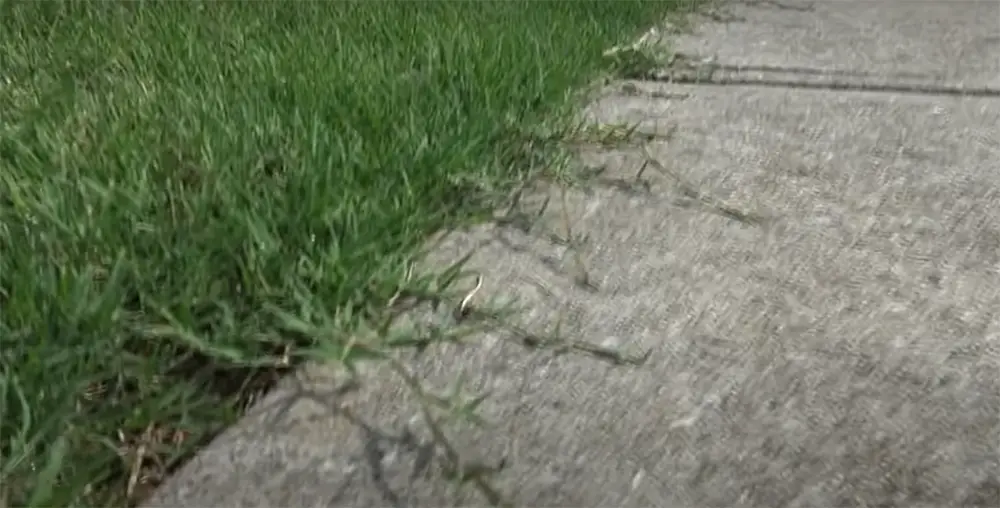
1) Mow the lawn properly
Mowing promotes the growth and breadth of the grass laterally rather than vertically. This means that by mowing the lawn shorter, you are essentially creating a fuller-looking lawn.
Mowing also helps to remove any dead or damaged blades of grass, making room for new growth. Be sure to only trim off about one-third of the blade’s length at any given time; otherwise, you may cause more damage than good.
Garden experts usually recommend that you mow somewhat less than 1 inch, which necessitates the use of the correct lawnmower.
A good grass mower for this work would be one that leaves a clean cut rather than hacking the grass. Reel mowers are excellent for this (consider the Scotts 2000-20 20-Inch lawnmower) [2].
Alternatively, you could use an electric mower that offers three-in-one mulching, bagging, and discharging option.
The downside to reel mowers is that they can be more difficult to push around on tougher terrain. If your Bermuda grass is healthy and robust, however, this should not be much of a problem.
If you have an older gas lawnmower that you’re attached to, consider getting a new blade – one that’s sharpened regularly (about every six cuts). Dull blades will tear the grass rather than slice it cleanly, making it less likely to recover from the damage inflicted.
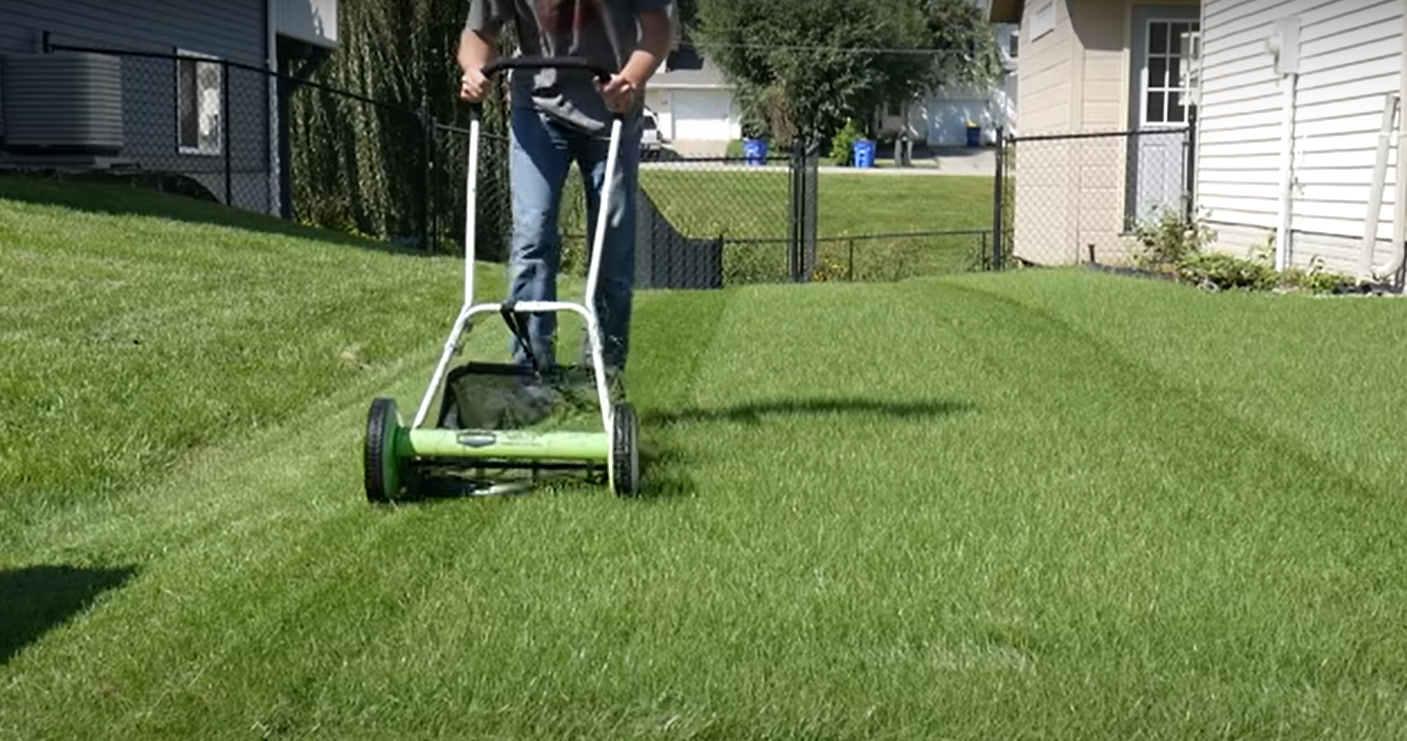
It is also important to make sure the mower is properly adjusted for your height and type of grass. Refer to the owner’s manual if you are unsure.
2) Feed your Bermuda grass lawn properly
The greatest times to really thicken your grass and get a gorgeous lush green appearance are in the spring and early summer. This is when Bermuda grass will be growing the most quickly.
A well-balanced fertilizer that’s high in nitrogen (N) and low in phosphorus (P) and potassium (K) should be used (emphasis on “low”). Too much of either nutrient can actually inhibit growth, so it’s important to find good middle ground.
Fertilize your lawn every 6 weeks during this time period – more frequently if you live in an area with a lot of rainfall. Avoid overfertilizing, as this can also damage the grass.
This is generally the optimum timing, especially for lawns with Bermuda grass. Fertilizing at this time will help to stimulate growth and encourage the thickening of your lawn.
You can either use a store-bought fertilizer or make your own (with ingredients like Epsom salt, ammonia, and dish soap).
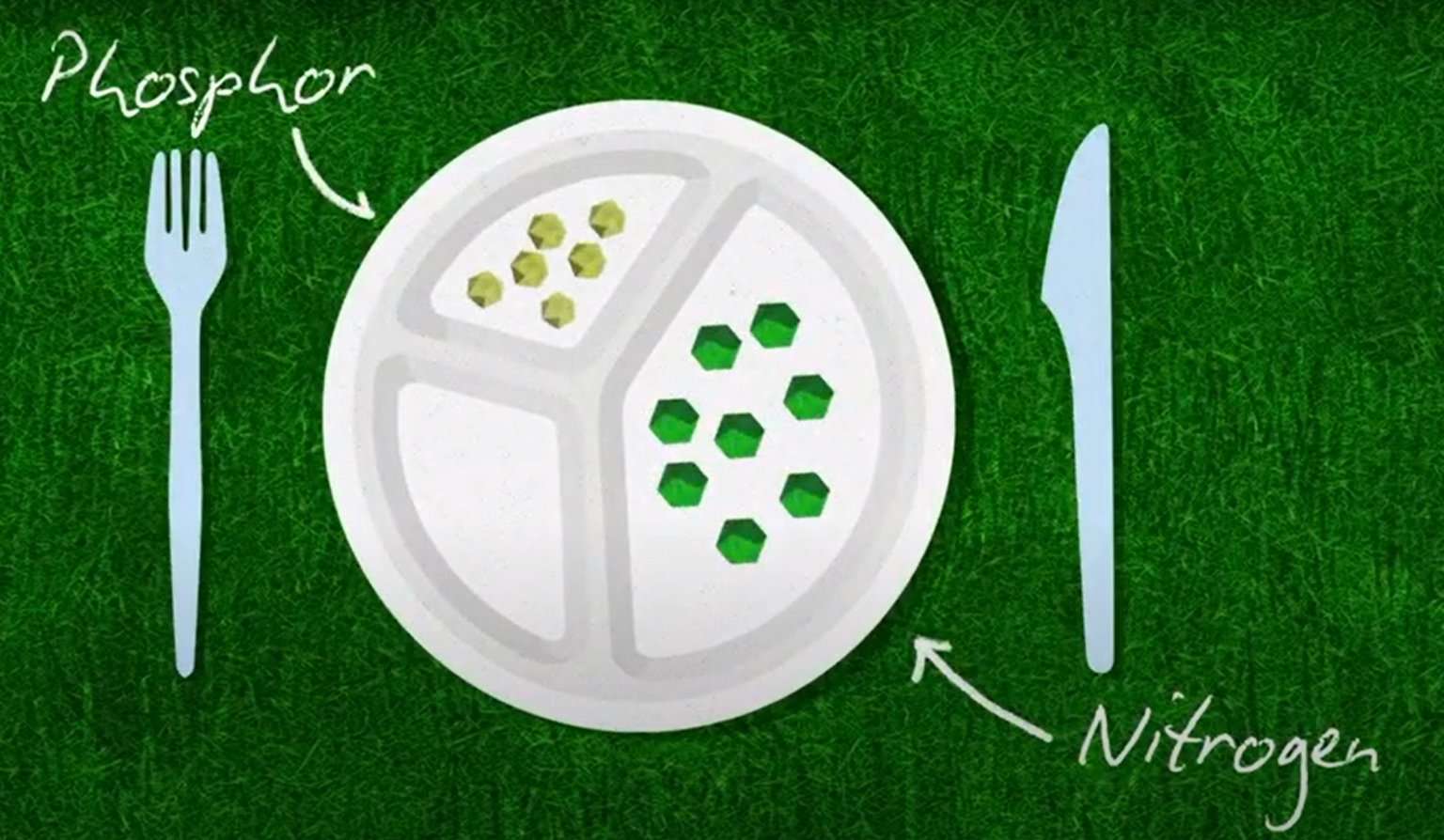
Consider applying enough fertilizer to help the grass blades grow as quickly as possible:
- Examine the soil for low-level nutrients with a soil test;
- Try to use a common fertilizer with the correct NPK ratio of 4:1:2 (alternatively – 16-4-8 if you want to promote Bermuda growth and thickness);
If you want to raise the quality of your lawn, or simply wish to make it greener, add a fertilizer with the three components in the proportion of 4:1:2.
Additionally, before you apply anything to your grass, test the soil. This will help you determine what kind of fertilizer to use – and how much. If low fertilizer levels are causing your grass to appear sparse, use another product.
3) Use pre-emergent weedkillers
Thatchy, yellow, brown and patchy lawns are frequent symptoms of weed infestation. If this symptom returns annually, you should quickly get rid of weeds before they have a chance to seed. Preventing or destroying weeds like poa annua, crabgrass, and quackgrass from developing can help your Bermuda grass lawn grow thicker, greener, and fuller.
Pre-emergent products will help stop weed seeds from germinating, and are effective if used before the weeds emerge in the spring.
There are many different types of pre-emergents on the market that can be applied using a pump sprayer or watering can. Just make sure to read the label carefully so you know which ones are safe for lawns with Bermuda grass.
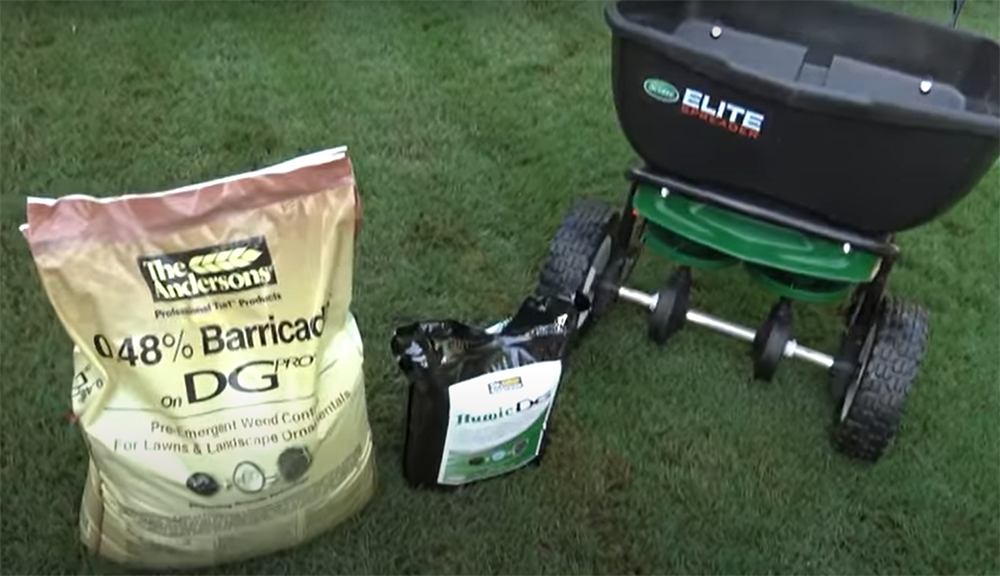
Consider applying a pre-emergent weedkiller early in the spring. It will help to prevent most weeds from germinating and choking out your healthy lawn grasses. And the lawn should be watered according to the blade size.
A simple yard care trick is to employ such products every 60-90 days if you believe your weed problem is severe.
If you’re having trouble getting rid of dandelions, crabgrass, foxtails, or other common weeds, consider using a post-emergent herbicide (which should only be used as a last resort).
Weeds often take over Bermuda grass lawns when they’re not properly.
Do not worry about the hottest months – June, July, and August – but only if you get rid of the weeds during the spring season. Try not to spray herbicides during peak heat.
Quackgrass and crabgrass are two common weeds spreading on Bermuda grass lawns. Typically they are difficult to control without any chemical herbicides. When these weeds spread without any control, they severely limit the growth of other lawn grasses because of their dominant nature.
In very extreme cases, when other methods are not effective, consider using a post-emergent product in combination with a pre-emergent remedy.
4) Use post-emergent weedkillers (only for visible weeds)
If you want to destroy crabgrass and other broadleaf grassy weeds from your yard to the roots, you may require a powerful post-emergent weedkiller.
When using a post-emergent herbicide, always read and follow the label directions.

Some common active ingredients in post-emergents are glyphosate, dicamba, and carfentrazone.
Be sure to avoid spraying any post-emergent herbicides on Bermuda grass lawns during the peak summer heat – it will kill the grass.
Wait until the temperatures cool down before applying a post-emergent weed killer like RoundUp or WeedB Gon.
Post-emergents can be used selectively or nonselectively, depending on what you’re trying to accomplish.
Non-selective means that the herbicide will kill any vegetation contacted, while selective kill only certain types of plants.
Consider using an environmentally friendly herbicide. You don’t want to spray your entire Bermuda lawn with it. To kill the weeds in those locations and stimulate the healthy grass to grow out thick and robust, you should focus on the affected areas.
Quackgrass (a common weed type) is easy to recognize by very tiny leaves. It’s difficult to eradicate because it develops and spreads its roots deep underground. If your lawn is severely infested with quackgrass, then you may need an effective method to get rid of them for good.
5) Aerate your lawn
There are common garden expert recommendations to aerate your lawn in late spring and/or early summer. That’s true, nevertheless, if you want a healthier, thicker lawn, try to aerate as soon as your grass is completely green to promote even faster development.
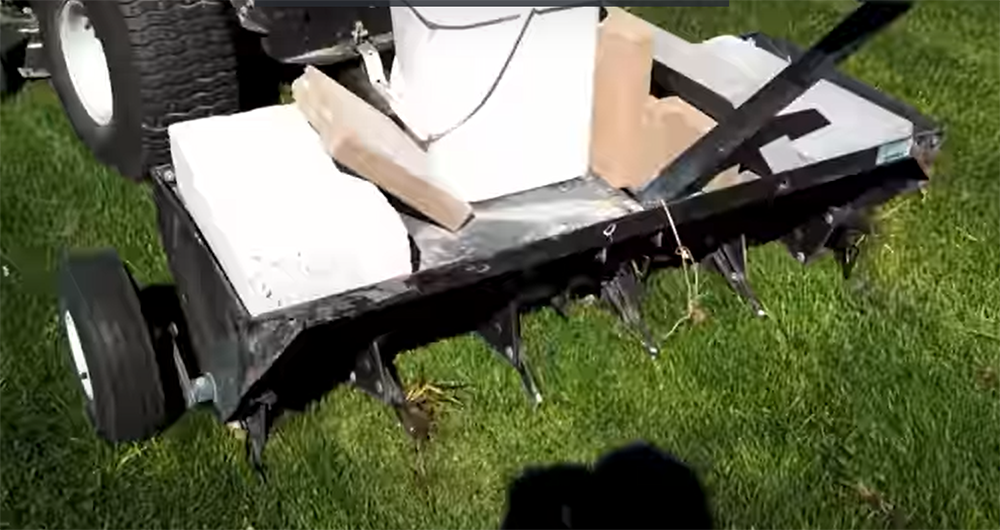
Aerating your lawn with a core aerator can help Bermuda grass grow thicker by alleviating soil compaction, which is often caused by foot traffic and heavy equipment.
It also helps to break up thatch buildup and allows nutrients, water, and oxygen to reach the root system more easily.
You don’t require to have a professional come in and do it for you. Just grab a few of your buddies, purchase an aerator tool from your local hardware store or rental center, and go to town in your yard!
It can be advantageous to aerate your lawn just after scalping – when the lawn grass is quite short. If your soil is clay-based or hard-packed dirt, try to aerate it as soon as possible to improve nutrient and water penetration.
6) Prevent/treat lawn diseases
This may happen due to a lawn disease or very poor drainage.
If you think your Bermuda grass might be infected with a lawn disease, take a sample of the affected area to your local county extension office for diagnosis.
Common diseases that can cause thinning in Bermuda grass are brown patches, dollar spots, and red thread. Brown patches and dollar spots are common fungal diseases that can cause stunted growth and attrition in your grass.
Root rot, also known as Bermuda decline, is another type of grass illness that can cause a sparse lawn. It influences the roots and eventually causes poor development and a thin lawn.

If you have a drainage problem, it can contribute to lawn diseases and make your grass more susceptible to insect pests.
Poor drainage will also keep the soil wet for extended periods of time, which can lead to fungal growth.
In the spring, brown spots known as “spring spot” appear as tiny circular patches that gradually expand and turn into larger sections of grass that are afflicted. This problem usually begins in the fall and appears in the spring. It’s also common if you have previously fertilized the lawn too much.
The dead root is generally the result of aeration that was insufficient. If you want to make your lawn thicker, fuller, and healthier, aerate it as soon as possible.
Some lawn weeds, like dandelions and thistles, can thin your lawn as well. Grubs and Japanese Beetles are two common examples of lawn pests harming your grass and causing it to grow less than desired.
7) Overseed to fill in the thin and bare spots
To fill in gaps and areas where the grass is thin, over-seed a narrow Bermuda grass lawn. The optimum time to spread grass seed over an existing lawn is in the fall to rebuild its thickness during the spring active season.
Over-seeding Bermuda grass is a fantastic technique to increase its thickness and keep it bright all year. If your lawn goes bare and brown during the winter months when Bermuda grass hibernates, some professionals advocate over-seeding with cool-season turfgrass.
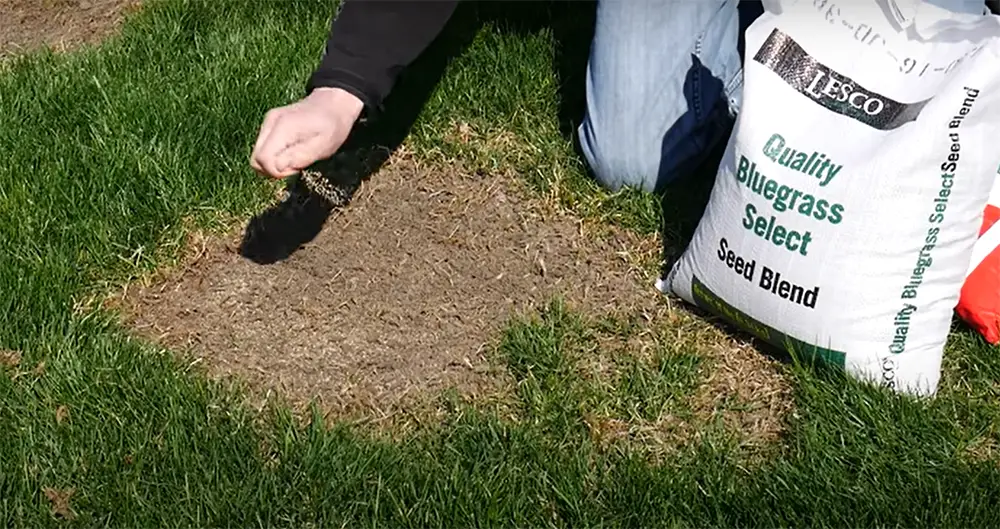
Alternatively, you may over-seed with Bermuda grass seed to thicken up your lawn if you don’t mind waiting out the dormancy period and will be able to enjoy a greener lawn in the spring.
A few over-seeding tips to improve your Bermuda grass lawn:
- Apply a pre-emergent herbicide to destroy weeds before seeding them for 45 to 90 days. If you use a weed killer too soon before reseeding, the seed may not germinate;
- Over-seed at an average of 8 pounds of ryegrass seeds per 1000 square feet of lawn area for fuller, thicker growth;
Perennial ryegrass and annual ryegrass are good grasses to over-seed Bermuda grass with. Avoid overseeding with cool-season turfgrass types that endure into the summer, such as tall fescue and Kentucky bluegrass, which are perennial ryegrass and annual ryegrass [3].
8) Water the lawn once per week
Drought stress causes Bermuda grass to die. If your lawn does not receive at least 1 inch of water each week throughout the spring and summer, it will develop slowly and poorly.
Water Bermuda grass at least once a week with at least 1 inch of water to stimulate root development and stolon growth. Irrigation that is enough stimulates deeper root development, greater nutrient absorption, and ultimately a thick Bermuda grass turf.
A few watering tips to thicken Bermuda grass:
- Increase the frequency of watering to more than 1 inch per week during the summer months to combat drought stress;
- If your grass is grown on sandy soil, give it 0.5 inches of water every 3-4 days, rather than flooding the entire yard at once;
- If you’re growing grass in clay soil, give it a drink every few days or so but more frequently if possible to allow the water to seep into the root zone;
- Watering once a week for a long time rather than frequently/daily for shorter periods is the best approach. Infrequent and sustained irrigation encourages deeper root development, which can help your lawn absorb more nutrients and grow thicker;
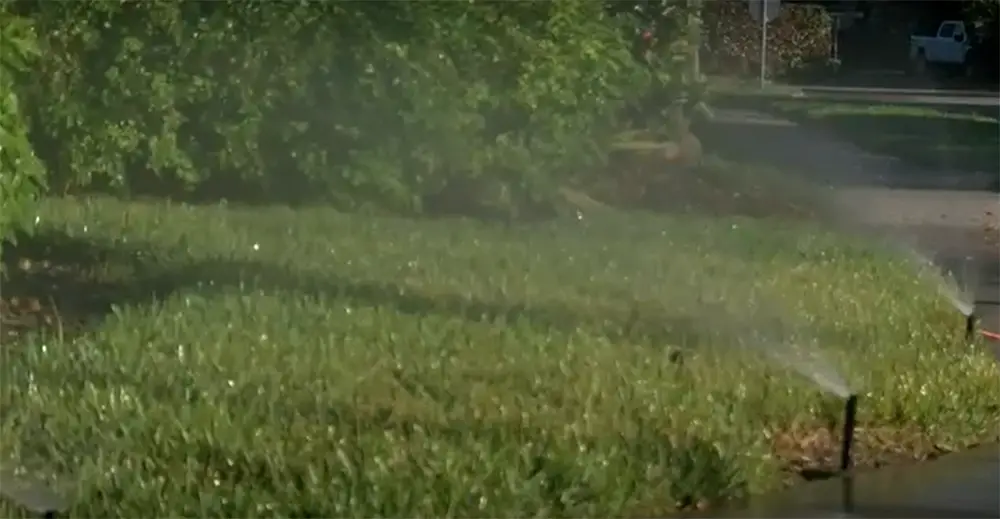
- When watering your Bermuda lawn, make sure you water until the soil has been moistened to a depth of roughly 1/4 inch. Overwatering your grass will kill it or cause it to lose its green color. When using a manual lawn sprinkler, use a rain gauge to keep track of how much water you’ve supplied;
9) Improve soil quality and pH
Your Bermuda grass turf’s stunted growth and general poor health are indicators of poor soil quality. The pH of your lawn is likely to be wrong due to problems with this parameter. Determine if poor soil pH is the source of a thin lawn by performing a soil pH test.
Bermuda grass thrives in a wide range of soil pHs and can readily withstand more alkaline conditions. If the pH is too acidic, nutrient availability will be limited, and the grass will thin out and grow slowly [4].
To balance the acidity of the soil and return it to a pH range of 5.8 and 7.0, apply lime on a regular basis. The grass will be able to uptake nutrients effectively and develop thicker and more robust.
Aside from pH, the type of soil may contribute to a lack of grass. Although Bermuda grass can grow in clay soils owing to its well-adapted rhizomes and fibrous roots, it spreads best in well-draining soil.
The second thing to think about is the soil. You want it to be well-aerated, have plenty of organic matter, and allow for proper drainage. As a result, modify your yard’s soil to assist grass growing into a thick carpet.
To prepare a medium for the roots to grow into, add topsoil or organic manure to the lawn before planting Bermuda grass seed. If the soil is too compacted, mix in some sand or dung to loosen it up and assist the grass to develop thick and cover bald patches quicker.
Mulch can also help improve clay soil tilt, as it aids in moisture and nutrient retention. Garden experts recommend mulching with chop-and-drop nutrient accumulators. These are plants that accumulate significant amounts of nutrients in the soil over time. When they’re cut back and applied as a mulch, they enrich the soil considerably, allowing for thicker grass growth and spread.

The application of topsoil is another option. Commercial topsoil is often nourished with various supplements, making it ideal for use on lawns where the soil is poor.
10) Dethatch during the growing season
If you dethatch your Bermuda grass lawn during the active growing season, it is beneficial; and only when the thatch is more than 1/2 inch thick. Detaching while Bermuda grass is dormant can cause the lawn to perish or leave it sparse and thin.
If you dethatched your Bermuda grass lawn with a power rake during the dormant or slow-growing season, try to over-seed it to speed up its thickening.
Irrigate the soil thoroughly after seeding, then wait at least three weeks before mowing to allow the grass seeds time to grow. You can over-seed a Bermuda grass lawn as soon as the grass gets out of dormancy, which will help fill in bare and thin areas resulting from extensive dethatching during dormancy.
11) Improve sunlight in the lawn
In a shaded location, Bermuda grass that has been planted will appear sparse and patchy. If you’re sodding or seeding your lawn, be sure the lot isn’t entirely blocking sunlight access. Bermuda grass is unsuited to low light exposure, therefore, it requires at least 7 hours of sunshine each day in order to thrive.
A few tips to enhance sunlight exposure to your lawn:
- To enhance sunlight penetration beneath your grass, prune trees around it to reduce the canopy above it;
- Establish a lawn in the shade of tall buildings. The grass should receive at least 7 hours of morning sunshine;
- Install a sunlight reflector in the yard to extend the amount of time your grass is exposed to sunlight for a smaller lawn;
- If increasing sunshine exposure is not a possibility for your grass, consider sowing less shade-tolerant turfgrasses such as centipede grass or even St. Augustine grass varieties like Floratam and Palmetto;
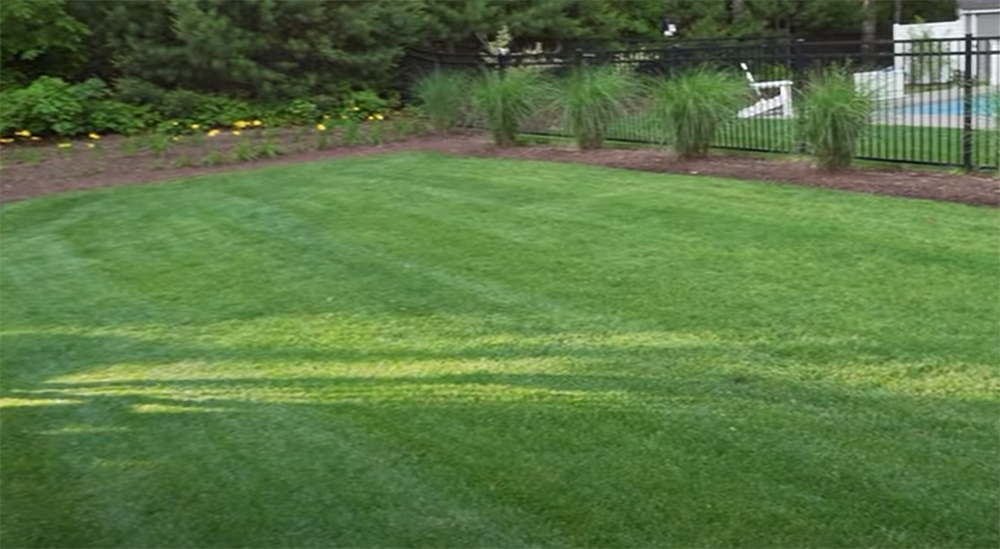
Ways to Make Bermuda Grass Greener:
Apply an iron supplement
If your Bermuda grass turf stays yellowish rather than green even after watering it once a week, the grass is most likely nutrient deficient. Chlorosis, which causes grass blades to become yellow, can be treated with an iron supplement.
To make Bermuda grass grow greener, apply an iron supplement like Ironite to the lawn. For grassed areas, iron is a color-enhancing nutrient. It aids in the formation of chlorophyll – the green pigment in plants’ leaves – by aiding in chlorophyll synthesis.
Ironite does not act as a fertilizer, so you’ll need to apply a well-balanced fertilizer to your lawn after it has been treated with Ironite. You may use a 2-in-1 fertilizer like Milorganite to feed and green up Bermuda grass quickly.
Feed with a nitrogen fertilizer
Nitrogen is a necessary component that aids in the uptake of water and nutrients. The lack of nitrogen causes the lawn to be sparse and underdeveloped, as well as causing it to lose its color.
To promote the grass to grow thicker and greener, apply 1 pound of nitrogen per 1000 square feet.
To help the grass thicken and green up throughout the growing season, use organic slow-release fertilizer for 8-10 weeks.
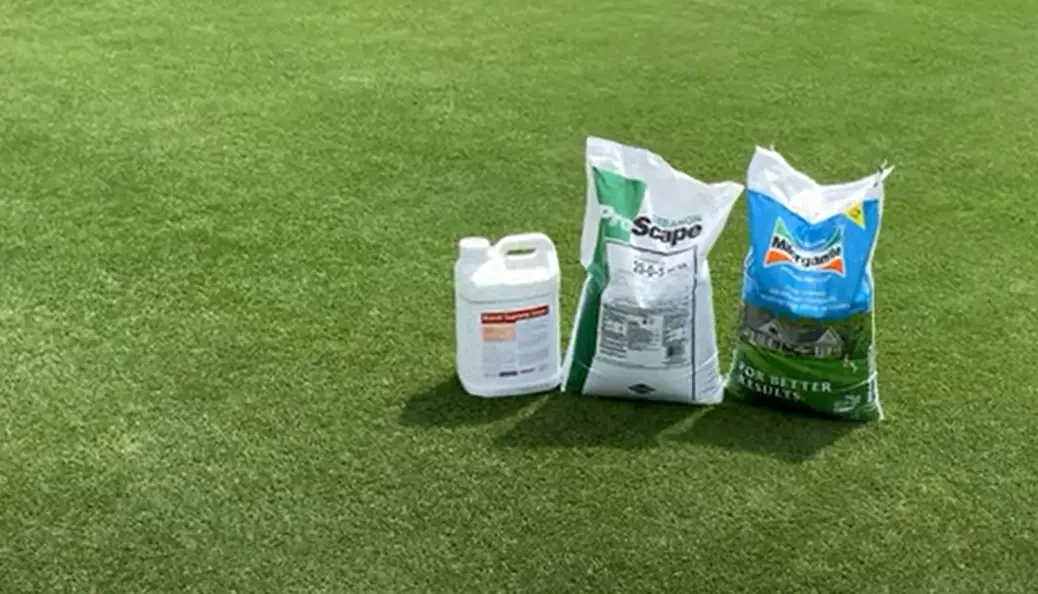
How to Fix Patchy Bermuda Grass Areas?
If your Bermuda grass has bald or brown spots, it’s probably because you didn’t water it enough or the soil was bad. Here are some helpful solutions for patchy Bermuda grass [5]:
- Check your water schedule. If you’re only giving your Bermuda grass 1 inch of water per week, you should increase the volume;
- Check the acidity of your soil. If the pH of your Bermuda grass is below 5.8, it may be too acidic for it. It’s possible that you need to add lime to your lawn to boost grass growth;
- Poor Bermuda grass development might be caused by a lack of nutrients in the soil if your lawn has not been fertilized in the previous 2 years. Aerate and fertilize your yard to promote healthy growth;
Once you’re sure your lawn is getting enough water, has a good pH balance, and adequate nutrients, sow new Bermuda grass seed on the barren spots. New seeds will quickly grow into a barren area, preventing invasive weeds from establishing themselves.
Why does Bermuda grass get patchy?
Bermuda grass may get patchy for a variety of reasons. The following are the most prevalent causes of patchy Bermuda grass [6]:
- Acidic soil. When soil pH is less than 5.8, Bermuda grass does not thrive;
- Insufficient watering. To thrive, Bermuda grass requires 1-1.25 inches of water each week;
- Compacted soil. Because Bermuda grass requires more water and nutrients than other lawn grasses, it may have difficulties absorbing these elements from hard-packed soil. It will become patchy in compacted regions;
- Not many soil nutrients. Bermuda grass grows vigorously and needs to be fed with fertilizer in order to thrive;
- Fungus and other lawn diseases. If you have Bermuda grass, it’s possible that the disease has already spread to your lawn. It’s critical to dethatch, scalp, and aerate your grass in the spring to avoid illness;
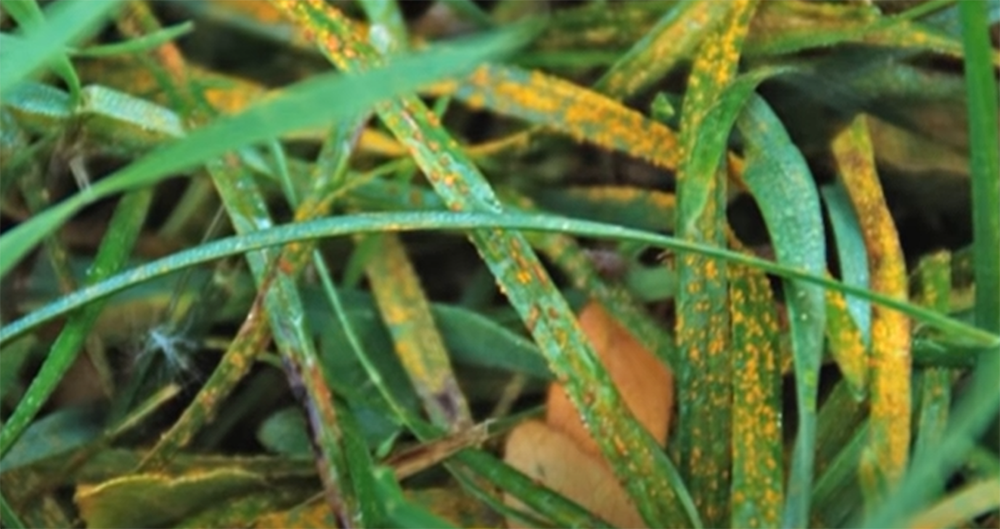
Will Bermuda grass fill in bare spots?
Bermuda grass spreads by stolons and rhizomes, both of which are subterranean (underground roots). Because of this, Bermuda may quickly expand in the proper conditions.
In most cases, eradicating weeds or small-scale grass deaths will quickly repair minor bare areas in healthy Bermuda grass. However, Bermuda grass is slower to reclaim larger bald swaths in the yard. These regions must be reclaimed from the edge inward over a period of time. This can take quite some time.
If you have bare patches in your yard, they will serve as nurseries for invasive weeds that develop faster than Bermuda grass. Over-seeding these big barren spaces with Bermuda seed is the best solution if you have extensive open areas. The grass seeds will sprout and blend into the rest of the yard, keeping weeds at bay while also providing a seamless addition.
FAQ
1. What are the most common types of Bermuda grass?
Bermuda grass is a versatile plant that grows in a variety of colors, textures, and forms. There are over 50 different varieties of this grass, making it one of the most popular types of lawn available. The greatest feature about this family of grass is that some really hardy individuals thrive in the full light of the sun as well as under direct sunlight and even have good tolerance to shade and cold. Blackjack Bermuda is an excellent example since it has demonstrated its tolerance on golf courses for many years.
The best seeding success and fastest growth are seen in Blackjack Bermuda. Its texture is so fine that we are unsure how it survives during droughts. It has the most outstanding feature of being both thick and full-density, providing a carpet-like feel. Individuals who possess Bermuda grass on their lawns may anticipate them to have some of the qualities listed above, such as thickness and density [7].
2. Can the Bermuda grass thicken on its own?
Grasses grow on their own, but the lawn owner must provide the appropriate conditions for the grass to spread. Cutting the tips frequently is one of the most basic strategies for encouraging grass growth.
3. Which is the best fertilizer for Bermuda grass?
You could try the Scotts Turf Builder and Miracle-Gro water-soluble lawn food, which are both excellent choices [8].
4. Does cutting Bermuda grass help it grow?
When you mow the grass shorter, it will grow faster. This encourages quicker growth and can help your Bermuda grass to thicken up considerably [9].
5. How do you get Bermuda grass to spread?
Bermuda grass thrives in cool, moist climates and produces dark green, fine-textured leaves. It sends out stolons, new shoots that run above the soil surface, and rhizomes, root-like shoots that spread below the ground surface to propagate readily [10].
The secret to spreading Bermuda Grass lies in a surefire method [11]:
- In late spring, start the lawn by seeding;
- Properly water the lawn;
- Mow the lawn frequently and low;
- Every 6-8 weeks, apply a nitrogen fertilizer mixture;
- Improve the soil quality in your yard.;
- Give your plants enough sunshine;
6. What is the best fertilizer for Bermuda grass?
The best fertilizer for Bermuda grass will have a high N-P-K ratio of nitrogen, little or no phosphorus, and maybe a small amount of potassium. For example, an NPK ratio of 16-0-8 has 16 percent nitrogen, no phosphorus, and 8 percent potassium. This is an excellent ratio of fertilizer for any Bermuda grass lawn [12].
7. What is the best height to cut Bermuda grass?
Bermuda grass requires a mowing height of between 1 and 2 inches, depending on the site and management plan, which is best determined by the state of the lawn. Mow the lawn at a height of 1¼ to 1½ inches based on a benchmark established in the spring [13].
8. Why do you put sand on Bermuda grass?
In clay soils, “sanding” is used to enhance root development in Bermuda grasses or to level out depressions or gaps across an even surface. First, the soil is aerated; then sand is spread across the turf to fill the aeration pores in the ground.
After aeration, you may scatter fine-particle compost or other organic matter as an alternative to using sand. This stuff permits water drainage and gives nutrients to the roots [14].
9. Is Epsom salt good for Bermuda grass?
Epsom salt, which is an organic substance high in important minerals for grasses, is a great example. Epsom salt contains iron, which aids grass to flourish healthfully and robustly. Meanwhile, the magnesium in Epsom salt maintains the pH level of your grasses at an acceptable level so that they do not become too acidic.
In the spring, apply Epsom salt as a lawn fertilizer to promote lush green growth. 2 tablespoons of Epson salt should be added to every gallon of irrigation water used on the lawn.
If you have a sprinkler system, lightly sprinkle over the grass and then let the system water down into the sod [15].
10. Can you over-fertilize Bermuda grass?
Bermuda grass lawns generally develop in a densely packed manner that springs back rapidly when they are driven or stepped on. Over-fertilization can compact the underlying soil, leaving tire footprints in your grass as you mow it; likewise, walking on it leaves footmarks [16].
Useful Video: Thick Bermuda Grass Lawn
References:
- https://www.pennington.com/all-products/grass-seed/resources/all-you-need-to-know-about-bermudagrass
- https://www.crabgrasslawn.com/how-to-make-bermuda-grass-thicker/
- https://lawnmodel.com/make-bermuda-grass-thicker/
- https://lawnmodel.com/make-bermuda-grass-thicker/
- https://peppershomeandgarden.com/how-to-make-bermuda-grass-thicker/
- https://peppershomeandgarden.com/how-to-make-bermuda-grass-thicker/
- https://lawnista.com/how-to-make-bermuda-grass-thicker/
- https://lawnista.com/how-to-make-bermuda-grass-thicker/
- https://mybackyardlife.com/how-to-make-bermuda-grass-thicker
- https://www.gardenguides.com/12208261-does-bermudagrass-spread.html
- https://lawnmodel.com/get-bermuda-grass-to-spread/
- https://www.bobvila.com/articles/best-fertilizer-for-bermuda-grass/
- https://hgic.clemson.edu/factsheet/bermudagrass-maintenance-calendar/
- https://www.gardenguides.com/131858-bermuda-grass-sand.html
- https://www.gardeningknowhow.com/lawn-care/lgen/using-epsom-salt-on-grass.htm
- https://www.gardenguides.com/90993-signs-bermuda-grass-overwatering.html




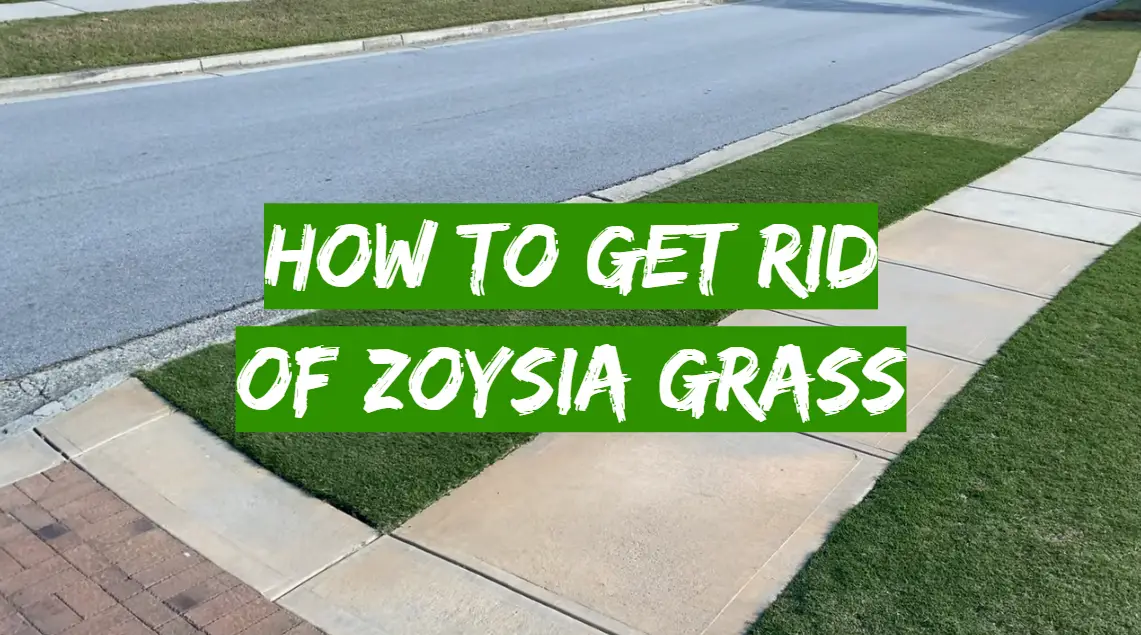
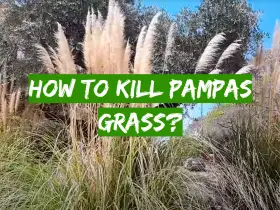

Leave a Reply
View Comments